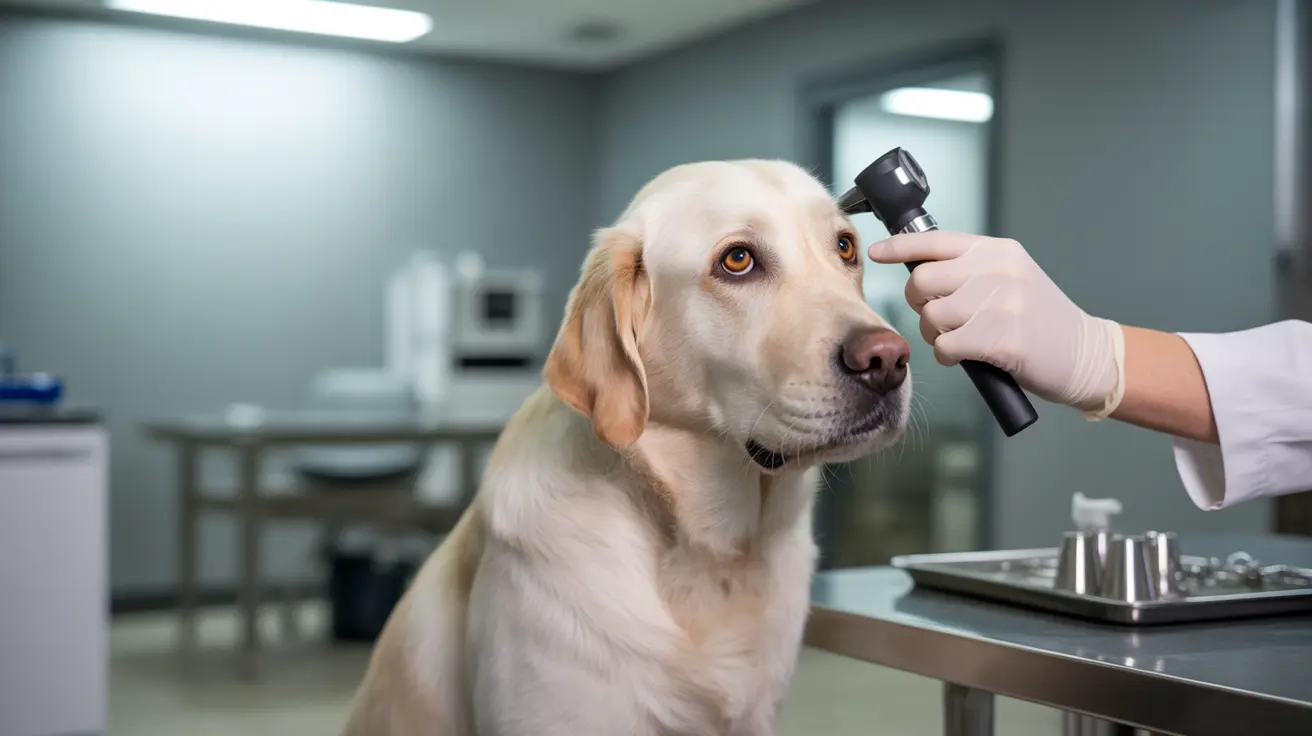Understanding Foods That Can Trigger Yeast Infections in Dogs
Yeast infections in dogs, also known as yeast dermatitis, are a common skin condition caused by the overgrowth of naturally occurring fungi, such as Malassezia pachydermatis. While these fungi are typically harmless, various factors—including diet—can lead to an overgrowth that results in discomfort and health issues for your canine.
1. What Is a Yeast Infection in Dogs?
Under normal conditions, a dog’s skin microbiome maintains a healthy balance of microorganisms. However, if the immune system is compromised or the environment becomes favorable for yeast proliferation (i.e., moist, warm, or poorly ventilated areas), fungal populations can spike, especially in the ears, paws, groin, and skin folds.
2. Common Triggers of Yeast Infections
- Allergies – Environmental, food, or contact allergies can lead to inflammation that weakens the skin barrier.
- Poor immune function due to disease or corticosteroid use.
- Antibiotic overuse – eliminating good bacteria that normally keep yeast in check.
- Underlying skin conditions like seborrhea or hormonal disorders such as Cushing’s disease and hypothyroidism.
- Moisture and poor ventilation – damp environments promote yeast growth.
3. How Diet Plays a Role
Although no single food has been definitively proven to cause yeast infections in dogs, certain dietary components may exacerbate or contribute to yeast overgrowth, particularly in dogs with sensitivities or allergies.
4. Foods That May Contribute to Yeast Infections
- High-sugar foods – Sugar acts as a food source for yeast. While most dog foods don’t contain table sugar, ingredients like molasses, honey, or corn syrup can raise sugar levels.
- High-carbohydrate diets – Excessive carbs (e.g., from potatoes, rice, wheat, corn) can break down into sugars that feed yeast.
- Allergenic ingredients – Proteins like beef, chicken, dairy, or grains may trigger allergic reactions in sensitive dogs, weakening the skin barrier.
- Processed treats – Items with artificial additives, preservatives, or sweeteners might disrupt gut and skin microbiota.
5. Symptoms to Watch For
Yeast infections may present with the following signs:
- Repeated scratching and itching
- Red, inflamed skin
- Musty or cheesy odor
- Oily, flaky patches on skin
- Brown discharge and head shaking (ear infections)
- Paw licking and chewing
6. Diagnosis and Treatment
Veterinarians diagnose yeast dermatitis through a physical exam, microscopic analysis of skin scrapings, and sometimes skin biopsies. Treatment may include:
- Medicated shampoos with antifungal agents like miconazole, ketoconazole, or chlorhexidine
- Oral antifungals such as fluconazole or itraconazole
- Routine cleaning of ears, paws, and skin folds
- Managing underlying causes such as allergies or hormone disorders
7. Dietary Guidelines for Prevention
While no diet has been scientifically proven to cure yeast infections, certain guidelines may help reduce yeast flare-ups:
- Work with a veterinarian or vet nutritionist to identify food allergies or intolerances.
- Choose hypoallergenic or limited-ingredient dog food if allergies are a concern.
- Avoid high-carb kibble and opt for moderate-protein, low-sugar food when advised.
- Maintain a healthy weight to reduce skin fold moisture buildup.
8. Prevention and Home Care
- Keep skin dry—especially in skin folds and paw pads
- Groom regularly and trim hair for better airflow
- Clean ears routinely using vet-recommended solutions
- Restrict unnecessary antibiotic use
- Use collars and clothing that allow for skin ventilation
9. When to See a Vet
If your dog shows persistent signs of itching, odor, or skin abnormalities, seek veterinary evaluation promptly. Early intervention can prevent the infection from becoming chronic.
10. Conclusion
Diet alone does not cause yeast infections, but certain ingredients may worsen symptoms in susceptible dogs. Always consult a vet for proper diagnosis, dietary advice, and treatment. Controlling yeast infections requires a holistic approach involving diet, hygiene, and medical care.





